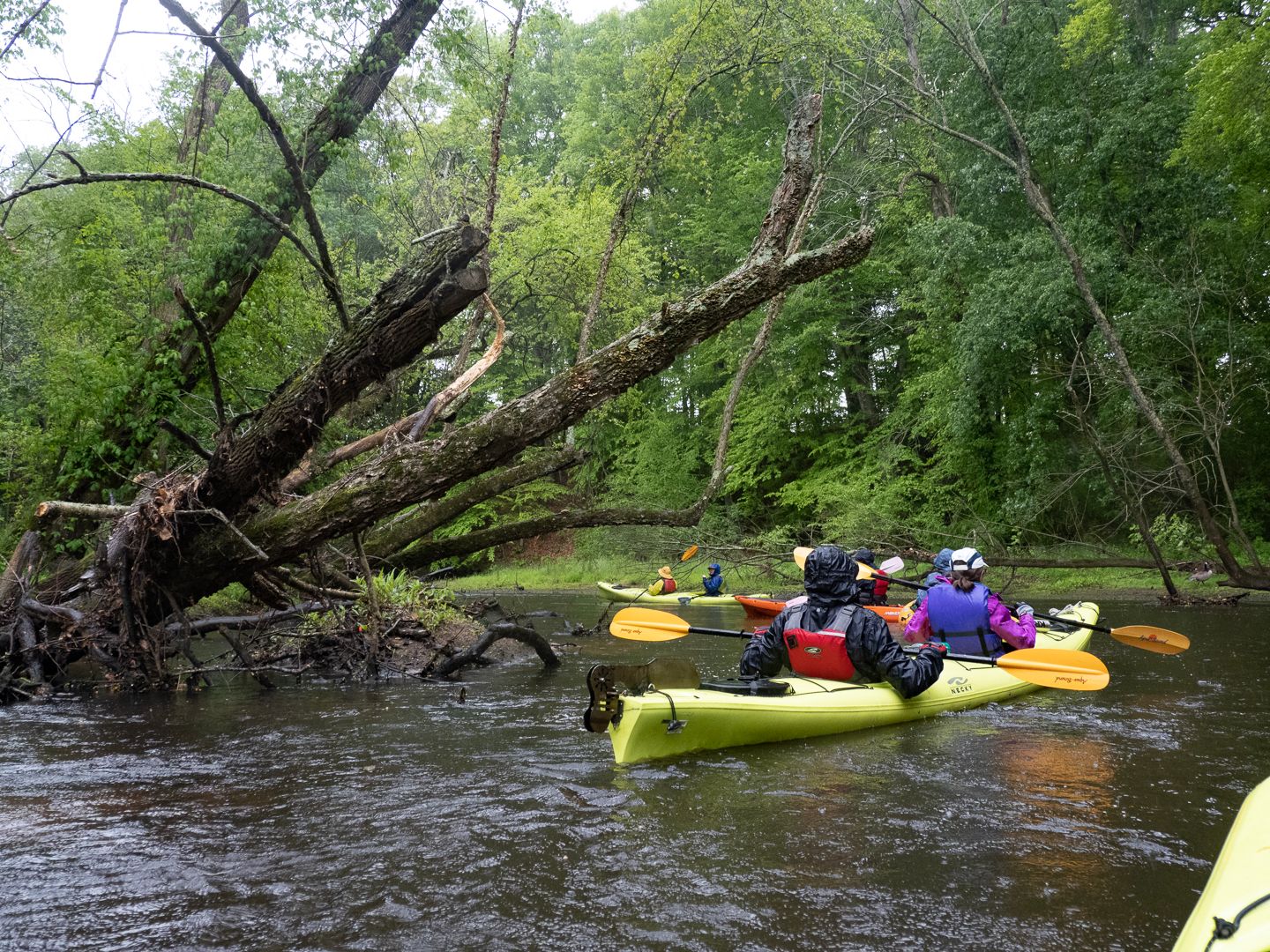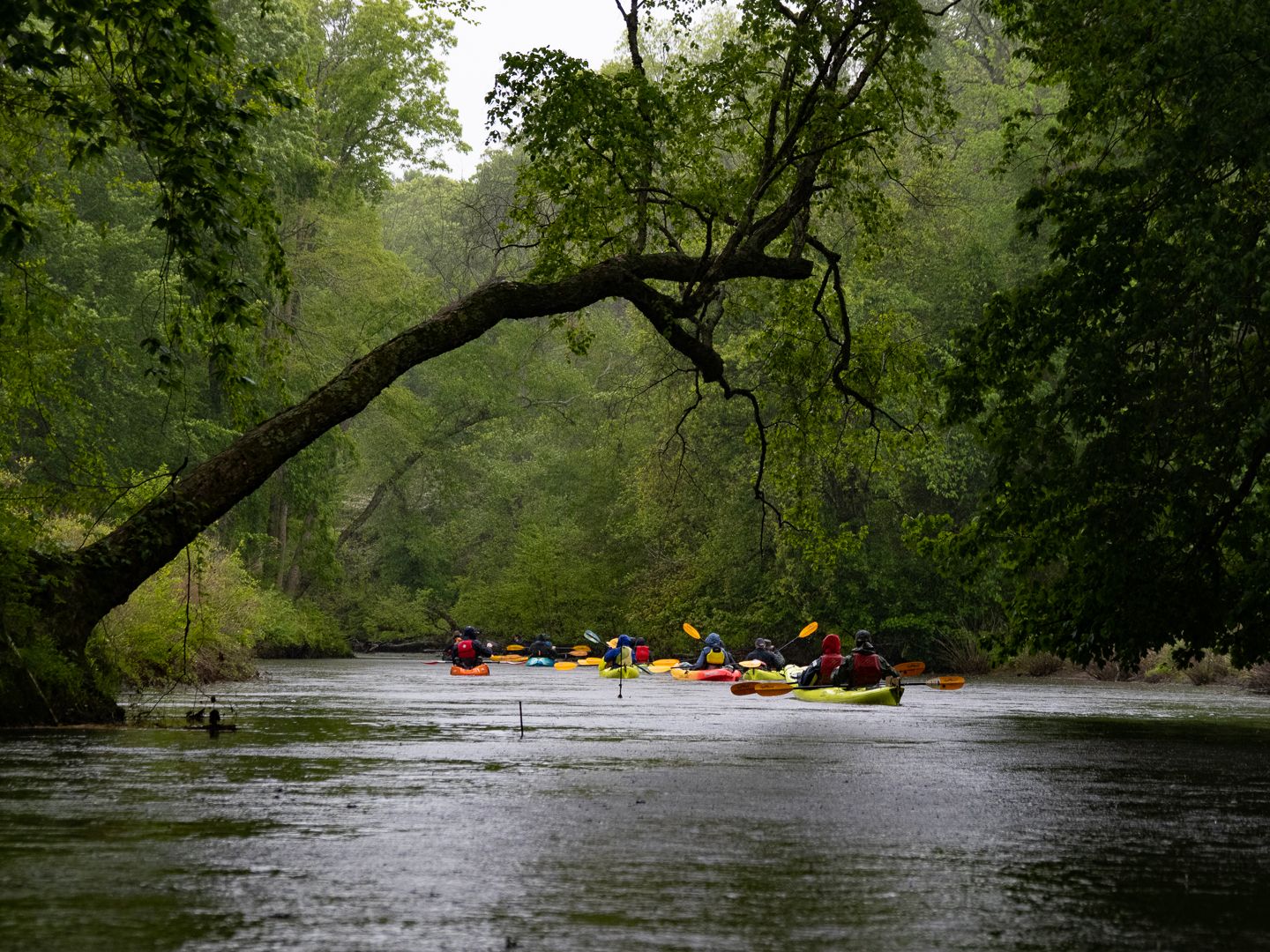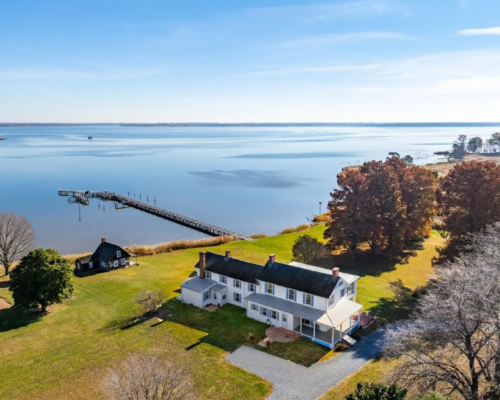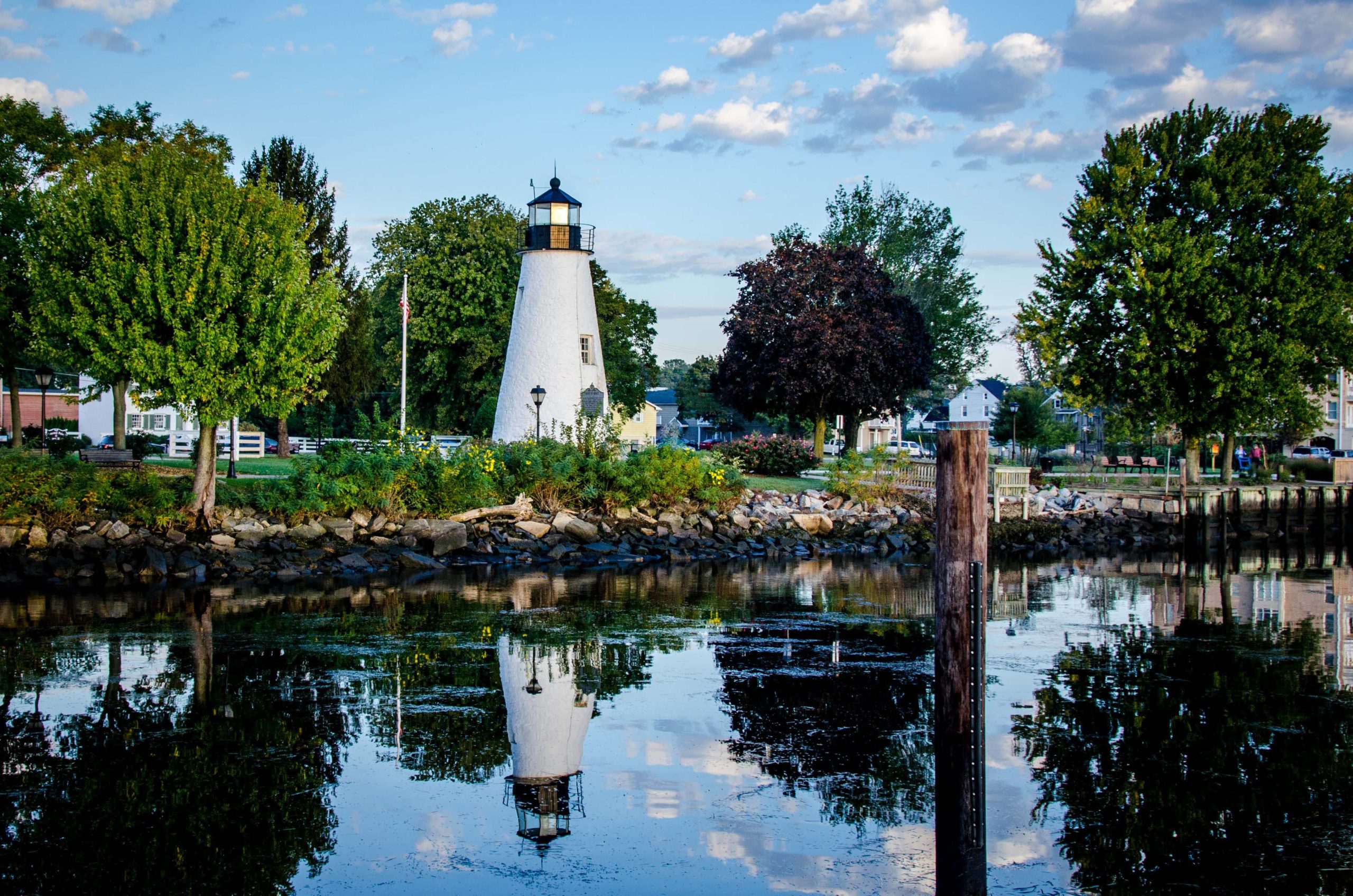Last month, I decided to leave the comfort of my bed and spend the weekend in a blur of tents and kayaks with 40 influential environmentalists in Maryland. My journey was a two-day paddling excursion along the Eastern Shore’s Choptank River.
As a student, I’d experienced the Choptank River primarily through textbooks, essays, and lectures. Now, the air was wet with anticipation for a downpour and I was hiking up my secondhand rain pants, eager to join the Choptank Expedition. The weekend was led by two conservation nonprofits, ShoreRivers and Upstream Alliance, that want to bridge the gap between generations and encourage young people to become part of the conservation conversation.
We began the trip enveloped in an energy of pure excitement as old friends reunited and new ones exchanged introductions. Even an amateur could sense that these were not the type of people that were deterred by even the most ferocious of rains.
The Expedition dubbed these experts the Legends of the Bay. From Nick Carter, who’s been restoring his backyard old-growth forest since the 1970s, to Ann Swanson from the Chesapeake Bay Commission, and dozens of leaders in between the collective resume of the trip was pure genius. Many of these advocates are part of the larger Envision the Choptank, a partnership of 15 organizations and agencies that are working together to improve this watershed. Through education, habitat restoration projects, innovation, and community engagement Envision the Choptank has designed a plan to address three primary threats to the Bay including land use practices, increased pollution, and climate change. The core belief of their partnership is that “people and groups are most effective when they work together.”

Some of these lifelong advocates of the Bay are beginning to retire, taking their intellectual resources with them. I was here intending to learn how to solve the environmental problems of the future by looking into the strategies of the past and by getting my hands dirty.
Throughout the weekend, speakers from the Maryland Department of Natural Resources, Salisbury University, Horn Point Lab, Chesapeake Bay Trust, and more presented programs about rockfish, crabs, oysters, and agriculture. By sharing their success stories, this generation is symbolically passing the torch to future legends of the Bay who are confident that the beloved estuary is still in good hands. “In conservation, we stand on the backs of those that came before us,” said Don Bough, the founder of Upstream Alliance.
Olivia Liu, program and communications director at Upstream Alliance, is motivated by the overarching mission of her organization. Liu believes that getting people out in nature is key to getting a younger generation to support programs for coastal resilience and clean water. “Going out in nature and seeing either a problem or just seeing how beautiful it is can be really impactful,” said Liu. “I think the more that you get out there with different people, the better.”
After a weekend of new connections (and much-needed kayaking practice), Liu’s sentiment resonated with me. The Chesapeake Bay requires fresh faces—and raising awareness through outdoor education may be the first step.
As the next generation enters the conservation arena, there is still work to be done. We saw this firsthand when nearly five inches of rain fell on the heavily-ditched agricultural watershed; the upper Choptank became impossible to navigate just hours after our departure. The belligerent storm surge poured in massive levels of polluting sediment and chemical fertilizers. The runoff empties directly into the Chesapeake Bay, promoting an overabundance of algae growth. As algae blooms dominate the ecosystem, they create dead zones with poor water quality, which poses a threat to aquatic life.
ShoreRivers’ 2022 annual report ranked the upper Choptank at a C+ and the lower Choptank at a B-, water quality grades that have remained relatively consistent over the last eight years.
By engaging in collaboration with others, acknowledging the strategies of the past, and getting involved in outdoor recreation, the emerging generation has the potential to improve the health of the Chesapeake Bay and the communities that depend on it.




